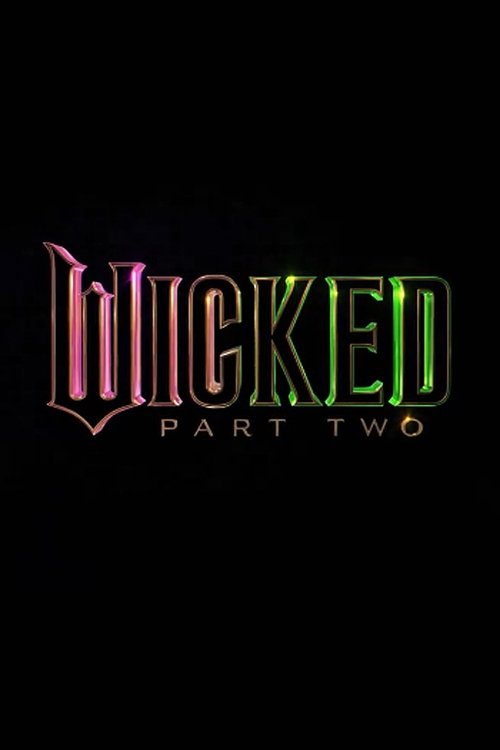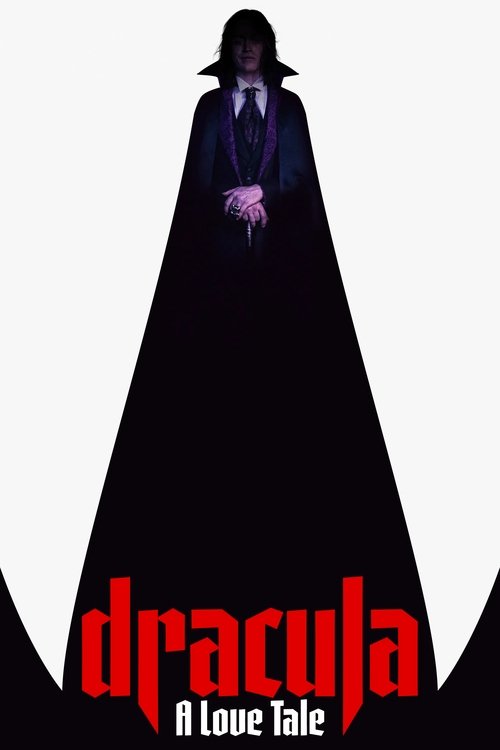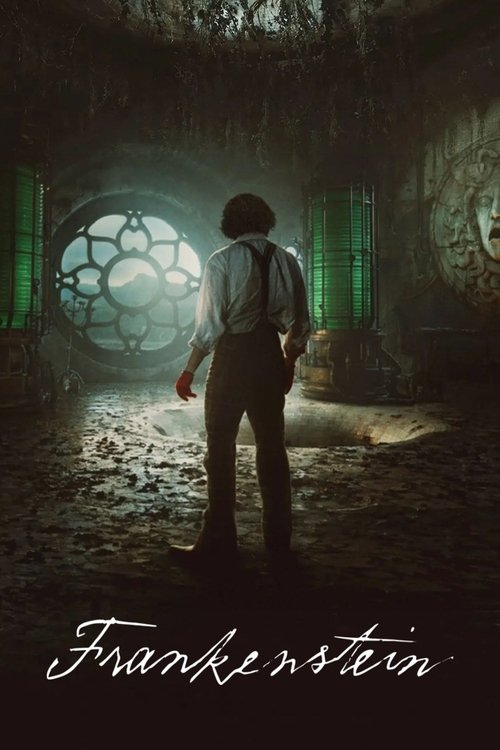
Ask Your Own Question
What is the plot?
On November 22, 1963, Lurene Hallett wakes before dawn in her modest Dallas home with the rigid certainty that she will see Jacqueline Kennedy in person. Lurene, a housewife whose grief over a lost infant has left her clinging to the First Lady as a private point of identification, drives to Love Field where the presidential plane is due to land. Amid the crowd and the fluttering of greeting banners, she edges forward until she comes within reach of the motorcade; she extends her hand toward the First Lady but her fingers close on air--Jackie passes by without touching her. Moments after that near contact, someone in the crowd collapses into panic and the air shifts: Lurene hears that President John F. Kennedy has been shot. News spreads like wildfire and Lurene ditches her car in the street to join other onlookers pressed against a storefront window, watching the breaking reports on a flickering television. The announcers say the president is dead, shot in Dallas by a rifle fired from a building along his route. Lurene watches the grainy footage and reels; her mourning for the president mingles with the private sorrow she carries.
At home that evening, Lurene tells her husband Ray she intends to go to Washington, D.C., to attend Kennedy's funeral. Ray, possessive and pragmatic, forbids the trip; he dismisses the public spectacle and forbids her to leave. Lurene writes a terse note, leaves it on the kitchen table, and drives to the motel in the nation's capital where she and Ray spent their honeymoon years earlier. Her plan is to take a bus from Washington to the funeral procession and stand among the crowd in Arlington. She believes she owes it to Jackie and to the child she lost.
On the bus, Lurene meets Jonell, a small, reserved Black girl sitting with a solemn man who calls himself Paul Cater. Jonell clings to a ragged doll; Paul watches the road with a guarded intensity. The bus runs into an accident on a rain-slick stretch of highway; when passengers spill into the station, Lurene shepherds Jonell toward a restroom and notices old, pale scars along the girl's back and shoulders. Lurene confronts Jonell with blunt questions: is Paul her father? The child answers hesitantly that he is not. Alarmed by the marks and by Jonell's uncertain response, Lurene phones the FBI from a pay phone in the station and reports a possible kidnapping.
Paul, startled and furious at the accusation, pulls Lurene aside and explains in a tight voice that Jonell's scars come from time spent in an orphanage in Texas after her mother's death. He tells Lurene that he did not legally adopt Jonell; he rescued her from the abusive institution without completing formal paperwork. Paul produces photographs: a picture of Jonell as a baby in her mother's arms, a snapshot of the woman who was Jonell's mother, and a worn portrait of himself. He explains that he never married Jonell's mother and that Jonell does not remember him because she was taken from their life as an infant. Paul says that he intends to take Jonell to Pennsylvania, where he believes he can establish custody and fight in a court that will be sympathetic to his claim. The FBI operator, having heard Lurene's earlier call, is now tracking Paul as a suspected kidnapper.
When the bus resumes its trip, the driver gives Paul and Jonell a curt order to disembark because the authorities are looking for them, and Paul slips away into the night. He enters a small auto repair shop and, faced with no lawful options and anxious to keep moving, takes the keys to an abandoned car on the lot and drives away. Lurene, who missed the bus while arguing with an official, chases after them and climbs into the stolen vehicle. She chooses to ride with Paul and Jonell, telling herself that she is helping a father recover his child.
Their journey becomes a tense road trip across state lines. Federal agents, acting on Lurene's earlier report and the bus line's information, mistake Lurene for a woman abducted by Paul and begin broadcasting descriptions to police stations and highway patrols. Ray receives a terse phone call from a concerned official and learns that his wife is allegedly missing with a black man who stole a vehicle. He is alarmed and angry.
Their stolen car succumbs to mechanical trouble near Tazewell, Virginia. While they attempt to coax the engine to life, a group of local white men notices a white woman traveling with a Black man and converges on them with brutal curiosity. The men drag Paul from the car and beat him brutally; they kick and strike him until his face is swelling and his ribs bruise, leaving him collapsed on the shoulder of the road. Lurene, furious and shaking, drives the car to the nearby farmhouse where Hazel Enright's parents live--Hazel being a coworker whose hometown Lurene recognizes from conversation. Lurene knocks at the Enrights' door and gains reluctant shelter there. Mrs. Enright insists that the sight of Lurene with a Black man is improper, but she and her husband patch Paul's wounds with disinfectant and bandages and offer them a place to sleep.
That night, after Paul's bandages are secured and Jonell sits quietly with a cup of milk on the kitchen stoop, Lurene and Paul share an impulsive intimacy. They move to the farmhouse back porch under a sky no longer cold, and the exhaustion of the journey, the adrenaline of the earlier beating, and the mutual need for human warmth break down the remaining restraint between them. They have sex once on the couch in the Enrights' parlor; afterward, Paul sleeps on the floor and Lurene weeps quietly into a pillow. Mrs. Enright awakens to a scene she finds intolerable--her disapproval is vocal and sharp--reminding Lurene that her involvement complicates whatever claim Paul intends to assert for Jonell. Lurene offers to let Paul and Jonell continue without her, saying she will return to Dallas. Paul refuses; he insists Lurene stay with them. The Enrights, despite their reservations, lend Paul and Lurene the loaner car they keep for church errands.
As they drive toward Washington, D.C., the day of the president's funeral approaches. Lurene decides she must face Ray before going to the cemetery. She leaves Paul and Jonell in the car while she enters the old motel where she and Ray once spent their honeymoon. Ray is already there in the dim motel office, having waited because he is convinced Lurene will return. Lurene confronts him in a small, cramped room. The argument begins as a bitter exchange over pride and propriety and escalates: Ray accuses Lurene of foolishness and adultery. He demands that she go home with him. Lurene refuses; her face betrays both hurt and stubborn resolve.
From the parking lot, Paul sees the argument through a motel window. He slips in and assumes the posture of the motel manager to deflect attention. Ray, whose temper flares, realizes that Lurene is aligned with Paul. He reaches inside a nightstand drawer, takes out a pistol, and levels it at Paul in a rage. Paul lunges and wrestles the gun from Ray's grip. The two men struggle; Ray stumbles backwards and falls as Paul, keeping his balance, pins the pistol under his foot to prevent further escalation. Lurene grabs Jonell and Paul grips her forearm, and they run from the motel room back to their car. Ray, furious and shaken, notes the license plate number as they speed away.
Police soon converge on the car. A patrolman recognizes the vehicle from a report about a stolen auto from a repair shop and flags them down on a turnpike outside Washington. Lurene and Jonell are detained briefly and questioned; Paul is handcuffed and charged with grand theft auto for taking the repair-shop car. The newspapers in the days that follow run stories that conflate the sensational details: a white woman seen with a Black man, a stolen car, the flight to see the president's funeral. Ray provides a stern, morally outraged statement to reporters. The criminal system moves with a cadence all too familiar to men like Paul: he is arraigned, tried within weeks, and convicted on the auto theft charge. The judge sentences him to one year in county jail.
Time slides forward into 1964. Lurene, now divorced from Ray after a terse legal separation, visits the foster home where Jonell has been placed after Paul's incarceration. She arrives at the institutional house on a late winter morning and sits with Jonell and other children in the living room as volunteers hand out cookies. Lurene has become a regular visitor; she brings small gifts and reads corny comic books aloud, and Jonell responds with quiet smiles that Lurene keeps like trophies in her memory. On one visit, Lurene tells Jonell in a soft voice that Paul will be back later that day to take her home. Jonell's face tightens with hope and confusion; she clutches her doll more tightly and peers out the window for the sound of a car.
In the afternoon a battered sedan pulls into the foster home's circular drive and Paul steps out with a slow, careful gait. He has lost some weight; his hands show the scabs and scrawny muscle of a man who has been awake to the small cruelties of a jail cell. He moves across the lawn and calls to Jonell in a voice that sounds older but steady. Lurene meets him by the steps; they have a private conversation as Jonell watches from the doorway. Paul tells Lurene that he has arranged legal counsel and that he intends to pursue formal custody proceedings; he says he will seek employment and a stable home in Pennsylvania. Lurene tells Paul, in a halting sentence, that she and Ray are divorced. Paul nods; he pulls Lurene into a brief embrace. They tell each other they have no regrets for what they have done--no regret for the risks taken to keep Jonell out of an abusive orphanage, no regret for the misjudgments that followed.
Lurene climbs into her car and begins to drive away, then presses her hand to the steering wheel until it trembles. The road ahead is straight and open, but Lurene cannot bear to leave Jonell and Paul to go their separate ways. She slams on the brakes, reverses the car, and races back across the lawn. She bursts through the door of the foster home, steps into the foyer, and joins Paul and Jonell as the social worker looks up in surprise. Lurene takes Jonell's small hand in both of her own and they walk down the front steps together; Paul, with a careful, watchful smile, falls into step beside them. The three of them drive away from the foster home in Paul's creaking sedan, moving toward a life in which the legal process and the social authorities will have to reckon with the messy truth of parenthood and attachment.
The film's closing images hold on the car's rear license plate as the road unrolls beneath the tires, on Jonell's small, candid face as she looks up at Paul and Lurene, and on Lurene's hands on the steering wheel--hands that have twice fueled flight and once steadied the wheel of a stolen car. The final shot frames the three figures inside the vehicle, moving through sunlight and shadow, as the camera pulls back and the world of 1964 recedes behind them.
What is the ending?
The movie titled A Mother's Love produced in 2025 ends with the mother, Laura, and her sick child, David, on the run from those who want to take him, culminating in a grim resolution where Laura must confront the horrific reality of David's illness and the extreme measures she must take to keep him alive.
Expanding on the ending scene by scene:
The final act begins with Laura fleeing the hospital, carrying David, who remains gravely ill. The tension escalates as they are pursued by both the authorities and the mysterious cult-like figures Laura believes are after David. Laura's desperation is palpable as she navigates dark, isolated locations, trying to evade capture while caring for her son.
As they hide, Laura's flashbacks and nightmares reveal more about David's origins--he is a half-breed child born from a traumatic event in Laura's past. This backstory is interspersed with scenes of Laura's growing fear and determination, showing her complex emotions of love and horror toward David.
The climax occurs when Laura discovers a "miracle cure" for David's illness, but it comes at a gruesome cost: the cure requires human flesh. This revelation forces Laura into a harrowing moral dilemma. The film shows her reluctantly committing acts of violence to procure the cure, leaving a trail of blood and bodies behind.
In the final scenes, Paul, the detective who has been tracking Laura and David, catches up with them. Instead of arresting Laura immediately, he shows a conflicted empathy, understanding her plight. The movie closes with Laura continuing to protect David, accepting the monstrous reality of what she must do to keep him alive.
Regarding the fate of the main characters:
- Laura remains fiercely protective of David, fully embracing the dark path necessary to save him.
- David survives but remains dependent on the horrific cure, symbolizing his tragic existence caught between life and death.
- Paul ends up as a reluctant ally, torn between law enforcement duties and sympathy for Laura's situation.
This ending unfolds chronologically through scenes of flight, revelation, moral crisis, and confrontation, emphasizing the extreme lengths a mother will go to for her child, even when faced with monstrous circumstances.
Who dies?
For the movie titled A Mother's Love produced in 2025, there are no available search results that provide specific information about any characters dying, their names, or the circumstances of their deaths. The search results include references to other films or works with similar titles or themes but do not detail the plot or character fates for the 2025 production of A Mother's Love.
The closest relevant information is about other films or stories involving mothers and their struggles, but none explicitly mention character deaths in the 2025 movie titled A Mother's Love. Therefore, based on the current search results, no characters' deaths or their circumstances can be confirmed or described for this specific film.
Is there a post-credit scene?
The movie titled A Mother's Love produced in 2025 does not have any information available about a post-credit scene in the search results. The results mainly discuss post-credit scenes for other 2025 films like Fantastic Four: First Steps and Thunderbolts, but there is no mention or description of a post-credit scene for A Mother's Love specifically.
Therefore, based on the current information, it appears that A Mother's Love either does not have a post-credit scene or such a scene has not been publicly documented or described yet.
What is the background story of the family in A Mother's Love (2025)?
John and Dolan, a couple who always wanted children, adopt seven girls from a nearby orphanage and bring them to a large, old house, setting the stage for the family dynamics in the story.
Who are the main characters involved in the family dynamic in A Mother's Love (2025)?
The main characters include John and Dolan, the adoptive parents, and the seven adopted girls who form the core family unit around which the plot revolves.
What challenges do the characters face in the house after adopting the seven girls?
The story explores the interactions and tensions that arise as the large family adjusts to living together in the big, old house, though specific plot details about these challenges are not fully detailed in the available sources.
How does the relationship between John, Dolan, and the adopted girls develop throughout the movie?
The film focuses on the evolving relationships within this unconventional family, highlighting the complexities and emotional bonds that form, but exact plot points about this development are not explicitly described in the sources.
Are there any significant secondary characters or events that impact the family in A Mother's Love (2025)?
While the primary focus is on the adoptive family, the presence of other characters or events influencing the family's story is implied but not specifically detailed in the available information.
Is this family friendly?
The 2025 movie titled A Mother's Love is generally considered family-friendly and suitable for viewing with children, as it is described as a heartwarming family film produced with care to provide both entertainment and education. However, it deals with serious themes such as a mother trying to protect her family after becoming homeless due to losing their rented home, which may include scenes of hardship and emotional struggle.
Potentially objectionable or upsetting aspects for children or sensitive viewers might include:
- Depictions of homelessness and family instability, which could be emotionally heavy or distressing.
- Scenes involving stress, fear, or uncertainty related to losing a home and the struggle to find safety.
There is no indication of explicit content, violence, or strong language that would make it inappropriate for children, but the emotional themes might be sensitive for very young children or those sensitive to family hardship.
Overall, it is a family-oriented drama with some mature emotional content but no explicit or graphic material noted in the available information.











